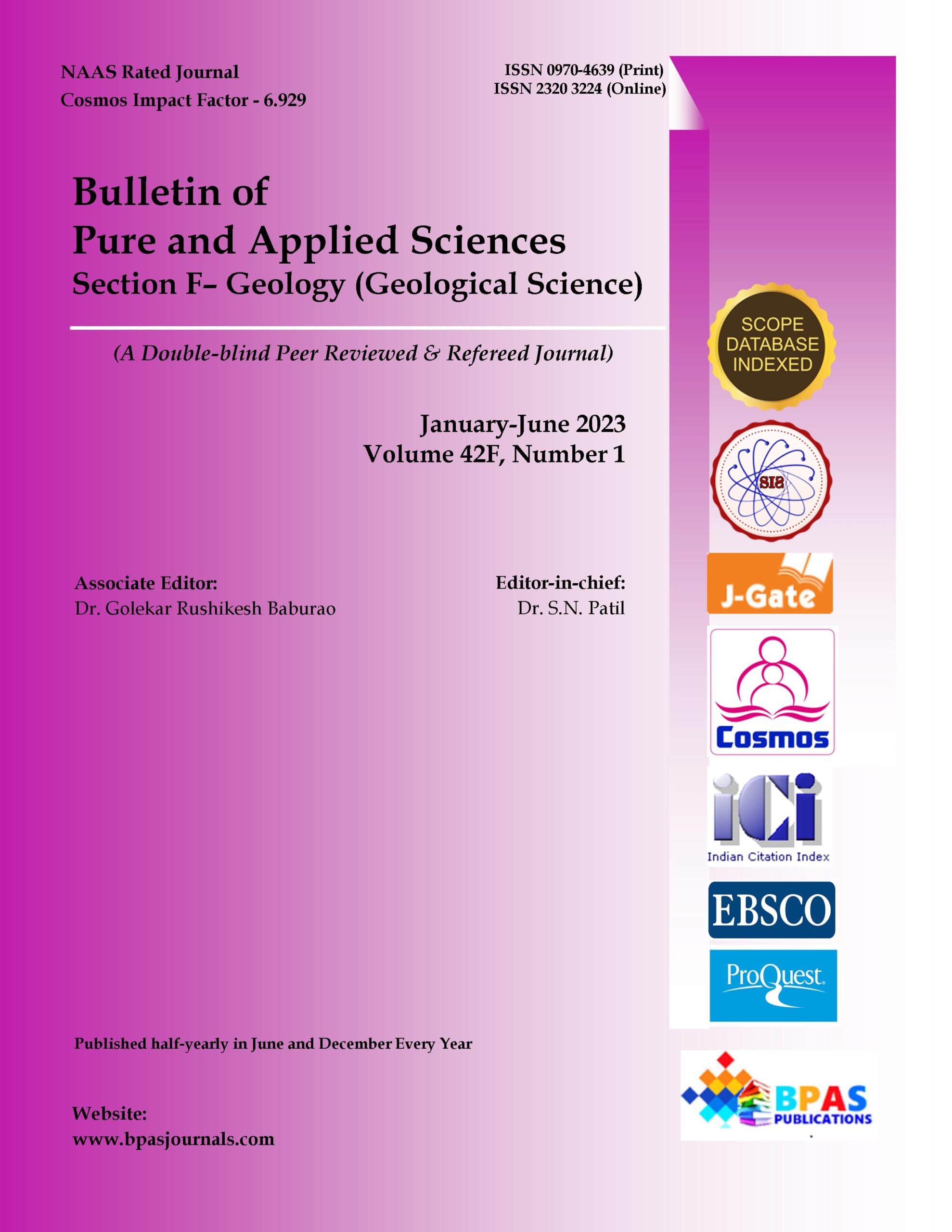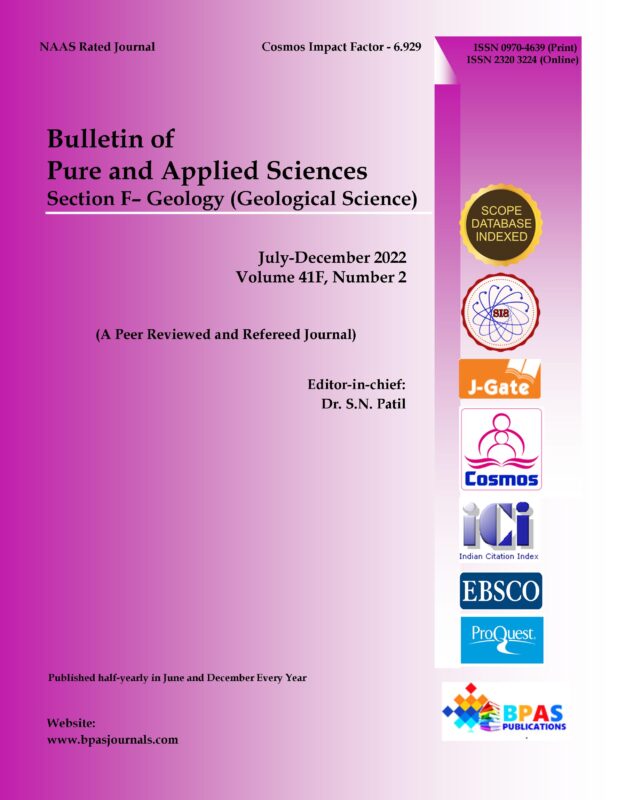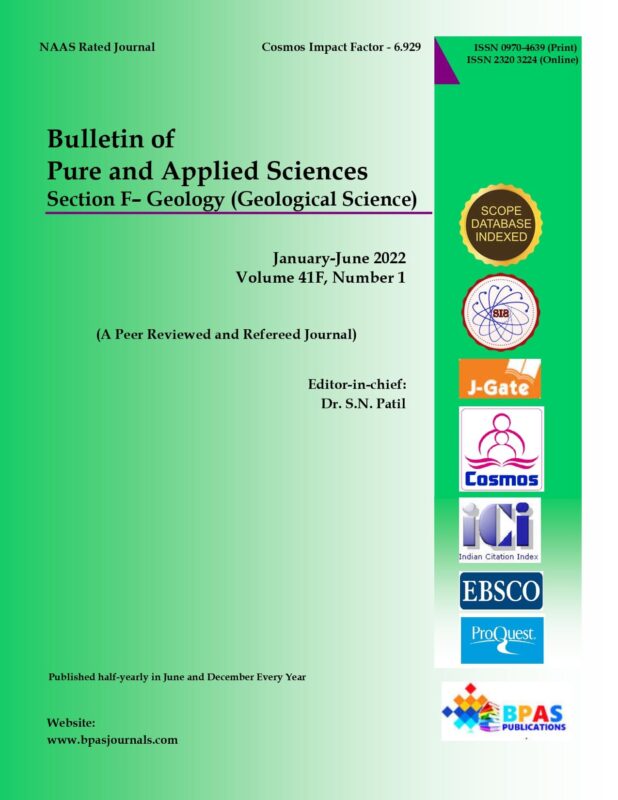Hydrochemical Characteristics of Groundwater Resources and Its Importance in the Assessment of Rural Water Supply in Southern India
9.38$
1V. Ajaykumar and 1,2,3N.C. Mondal*
| Bulletin of Pure and Applied Sciences.
Geology (Geological Science), Vol.42F, No.1, January-June 2023: P.106-131 |
| Original Article
DOI: 10.48165/bpas.2023.42F.1.9 |
Description
Hydrochemical Characteristics of Groundwater Resources and Its Importance in the Assessment of Rural Water Supply in Southern India
1V. Ajaykumar and 1,2,3N.C. Mondal*
| Author’s Affiliations:
1Earth Process Modeling Group, CSIR-National Geophysical Research Institute, Hyderabad, Telangana 500007, India 2Electrcial and Heliborne Geophysics Group, CSIR-National Geophysical Research Institute, Hyderabad, Telangana 500007, India 3Academy of Scientific & Innovative Research (AcSIR), Ghaziabad, Uttar Pradesh 201002, India
|
| *Corresponding Author: Dr. N.C. Mondal, Earth Process Modeling Group, CSIR-National Geophysical Research Institute, Hyderabad, Telangana 500007, India
E-mail: mondal@ngri.res.in; ncmngri@gmail.com
|
| (Received on 28.01.2023, Revised on 29.03.2023, Approved on 10.05.2023, Accepted on 19.05.2023, Published on 15.06.2023)
How to cite this article: Ajaykumar V. and Mondal N.C. (2023). Hydrochemical Characteristics of Groundwater Resources and Its Importance in the Assessment of Rural Water Supply in Southern India. Bulletin of Pure and Applied Sciences- Geology, 42F(1), 106-131. |



